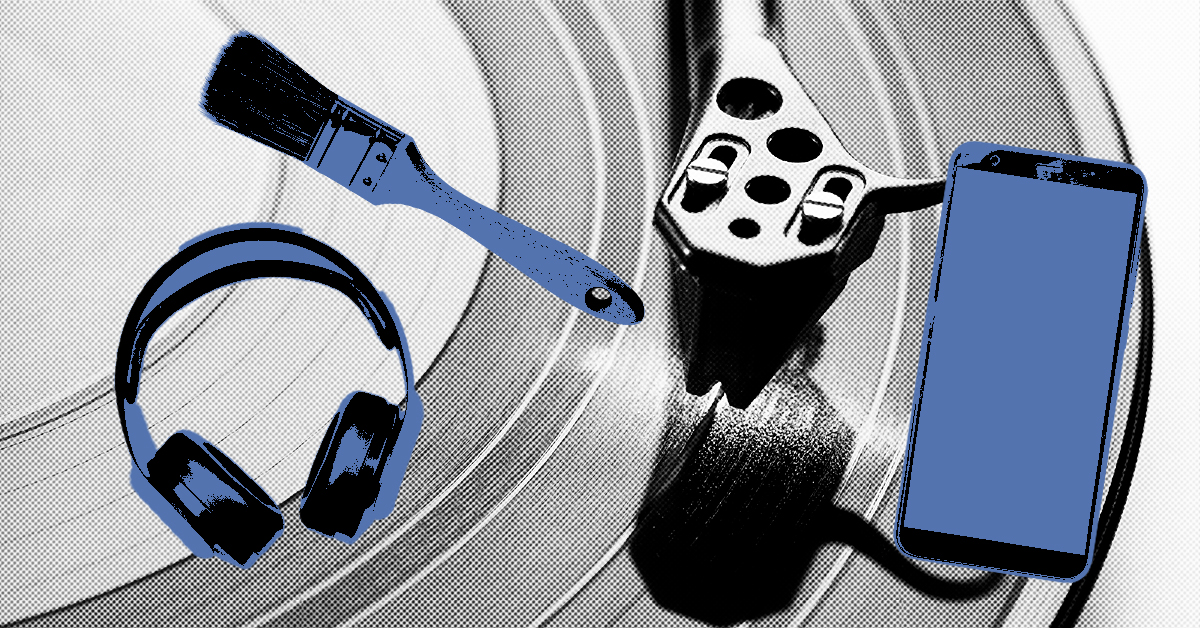Being an independent musician means juggling many roles. One day, you write songs, and the next, you’re navigating Instagram algorithms or filling out PRO registration forms. When money is tight, every spending decision feels significant.
The trick is knowing where your money will actually move the needle. There are some things you can absolutely handle yourself. Others are worth every penny you spend on getting them done right. The difference between the two can determine whether your music finds its audience or gets buried in the endless stream of new releases.
Mixing and Mastering
Recording at home has gotten pretty accessible. You can get decent results with a laptop, an interface, and some patience. However, mixing and mastering require a different level of expertise. These stages determine how your music sounds everywhere it’s played, whether that’s through AirPods, car speakers, or a festival sound system.
A mixing engineer enhances your song by highlighting your performance and ensuring each part fits well. They balance the volume levels and shape the overall sound of your track. Mastering takes that further, making sure your track can hold its own next to whatever else is in someone’s playlist.
Playlist curators and music bloggers won’t tell you, but they can usually tell within the first few seconds if something was mixed by an amateur. One professionally mixed song can get you taken seriously by people who might otherwise skip right past your music. The doors that open from that first good impression often pay for the mixing cost several times over.
Visual Identity and Design
Your artwork is often the first thing people see, whether it’s a tiny thumbnail on Spotify or popping up in someone’s Instagram feed. In a world where people make split-second decisions about what to click on, design matters more than most musicians want to admit.
Sloppy or rushed artwork sends a signal about the music before anyone hits play. You might have spent months perfecting your songs, but if the visual presentation looks thrown together, people assume the music was, too.
A skilled designer brings expertise in color theory, typography, and visual storytelling that goes well beyond software skills. They understand how colors affect mood, how typography communicates genre, and how to make your music stand out while still fitting where it belongs. When people start recognizing your visual style across platforms, you’ve built something that goes beyond just having songs out there.
PR and Playlist Pitching
Promotion is where many independent artists hit a wall. You can spend weeks researching blogs and playlists, crafting perfect pitch emails, only to hear nothing back. Without knowing who actually responds to submissions or what they’re looking for, you’re basically operating in the dark.
This is where publicists and playlist pitching services earn their keep. They’ve already built relationships with the people you’re trying to reach. They know which blogs actually cover new artists, which playlist curators are accepting submissions, and how to write pitches that don’t immediately get deleted.
Even a small, focused campaign can make a real difference. Getting added to one playlist that fits your genre can introduce your music to thousands of potential new fans, creating a ripple effect that extends far beyond your immediate network. The key is finding services that work within your genre and set realistic expectations about what they can deliver.
Social Media and Content
Social media is the area where doing it yourself makes the most sense, especially when you’re starting out. People follow musicians because they want to feel connected to the person behind the music. Authentic, unpolished content, such as behind-the-scenes moments, works in progress, or just you talking about something that matters to you, tends to resonate most. A quick video of you figuring out a guitar part can get lots of engagement compared to a professionally shot promotional clip that feels like an ad.
If you’re struggling with things like when to post or which hashtags actually work, a social media consultant can help without taking over your voice. They can teach you the technical stuff while leaving the personality and authenticity in your hands.
As your following grows, you might want to work with photographers or videographers to step up your visual game. But even then, the most successful artists find ways to keep their personality front and center.
Distribution and Admin Tasks
The business side of music used to require industry connections or expensive mediators. Now you can get your music on every major platform for less than twenty bucks a month through services like DistroKid or TuneCore.
Yes, there’s a learning curve with things like PRO registration and royalty collection. But these platforms were built for people exactly like you. Most have guides that walk you through everything step by step. Plus, understanding how your music gets out into the world and how you get paid for it gives you control over your career that you wouldn’t have otherwise.
Handling this stuff yourself also keeps money in your pocket. Instead of paying percentages to third parties, you keep your costs predictable and your revenue streams under your control.
Building for the Long Term
Every project is different, but here’s a rule of thumb: invest professionally in anything that directly affects someone’s first impression of your music. That means mixing, mastering, and artwork. These things determine whether someone gives your music a real chance or moves on.
The musicians who stick around for the long haul are usually smart about where and how they spend their money. Knowing when to handle something yourself and when to bring in help is one of those skills that gets more valuable the longer you make music.
Your next release is a chance to put this into practice. Pick one area where you’ve been struggling and consider getting professional help. Pick another where you’ve been outsourcing and try doing it yourself. The best way to figure out what works for your music and your budget is to start experimenting.

